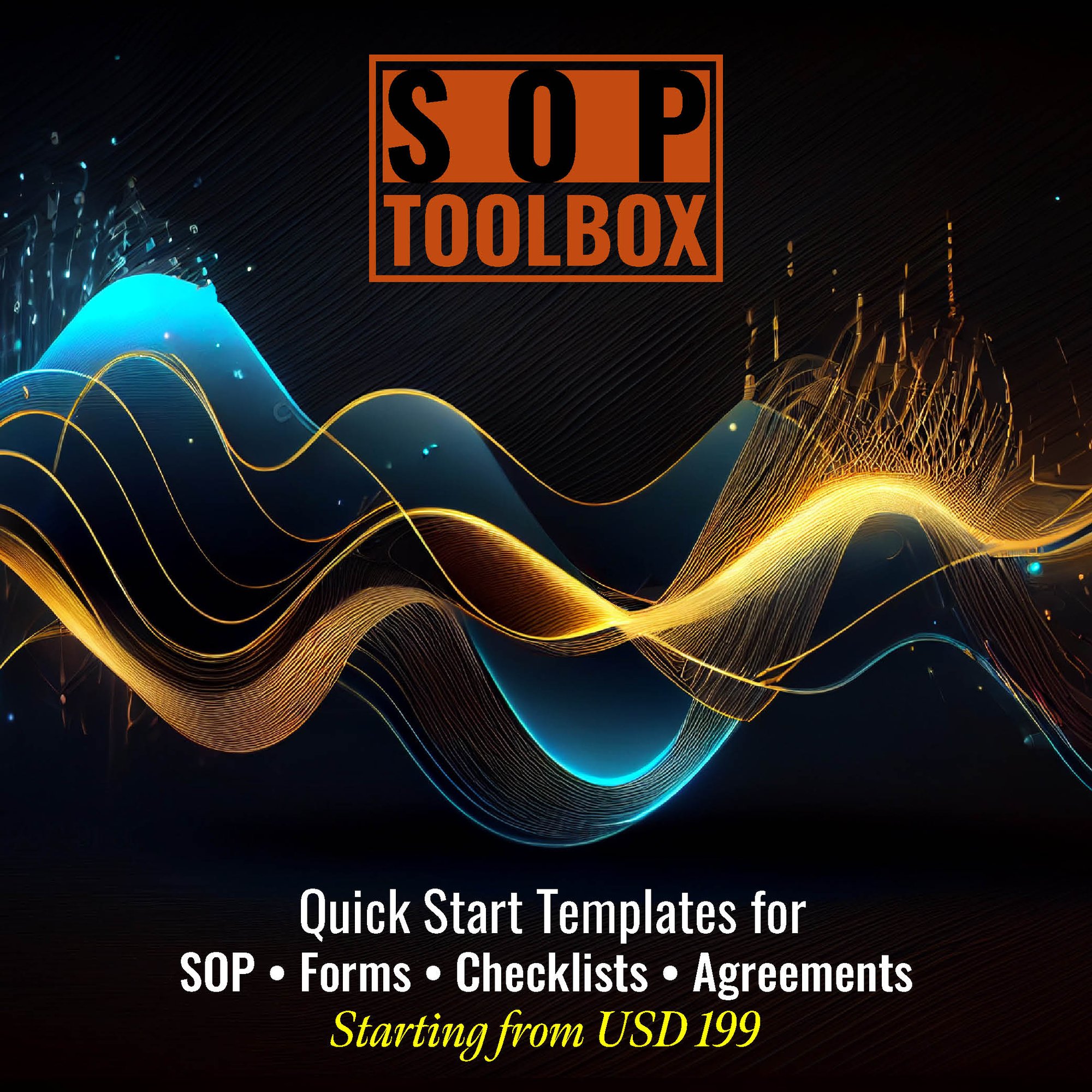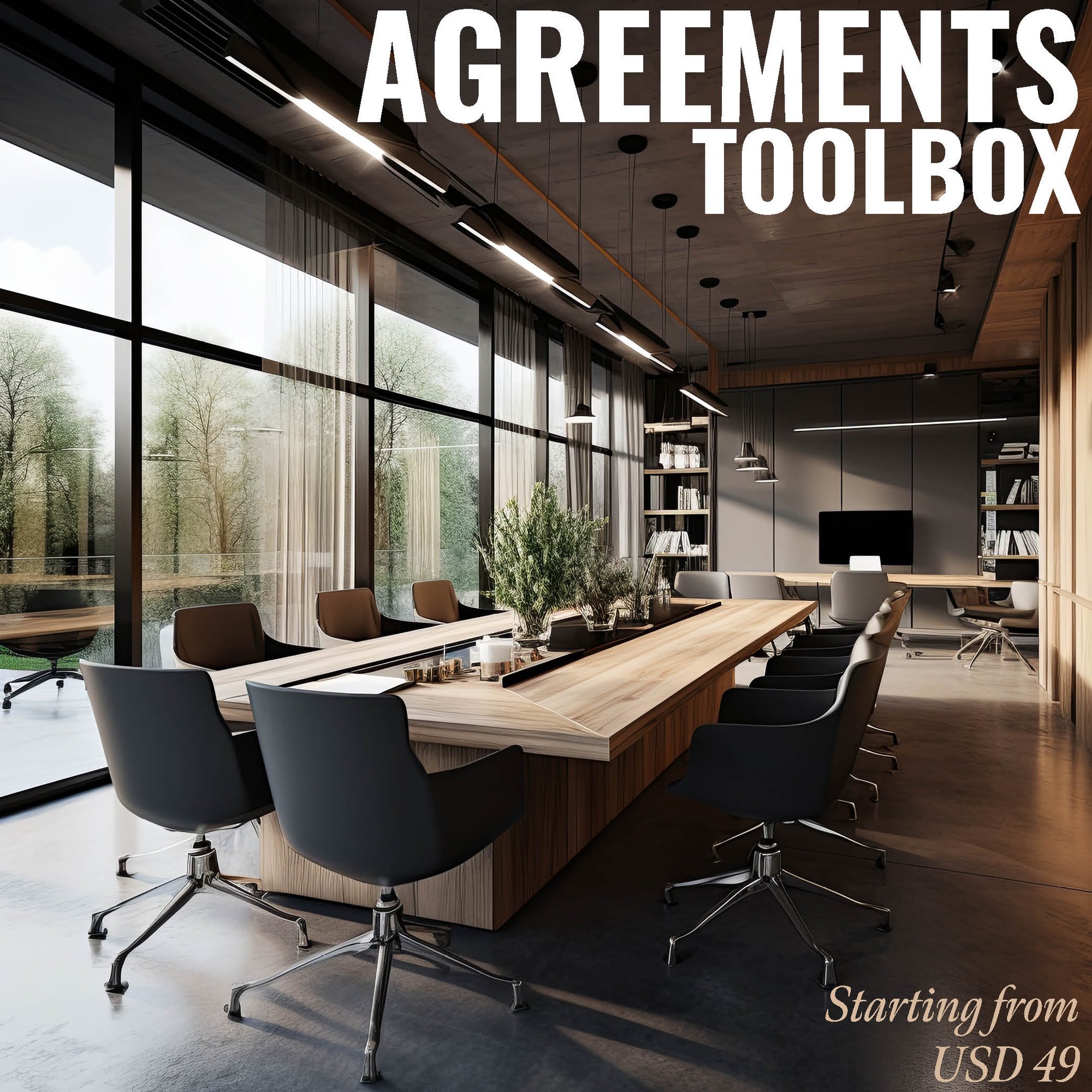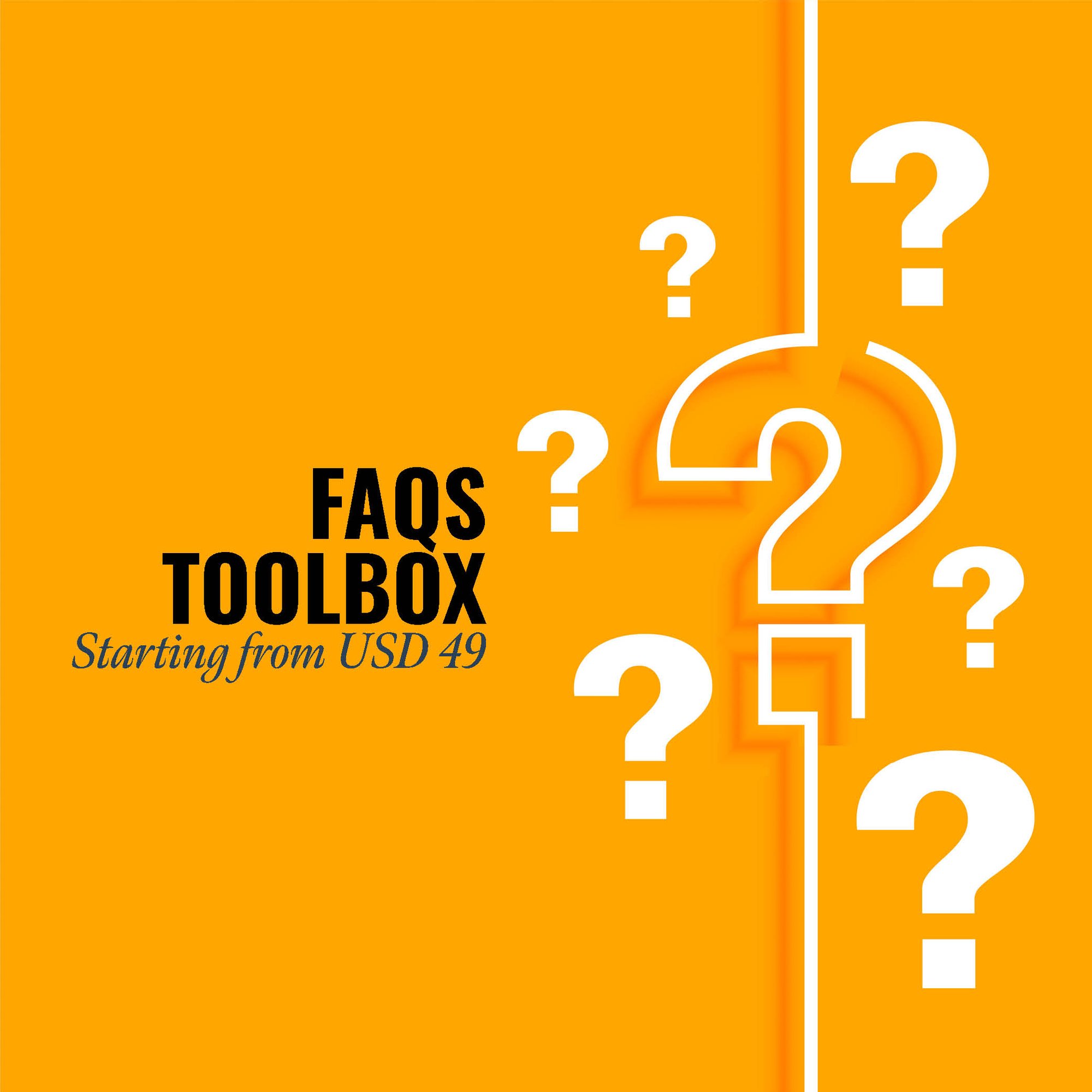The distinction of an SOP (Standard Operating Procedure) Manual for Wired Telecommunications Carriers is paramount in an industry characterized by rapid technological advancements and stringent operational requirements. This manual serves as a comprehensive guide, outlining standardized procedures for the installation, maintenance, and management of wired telecommunications networks. By providing clear protocols, it ensures consistency in service delivery, network reliability, and customer satisfaction.
In the highly competitive telecommunications sector, the SOP Manual becomes a key tool for operators to uphold quality standards, streamline operations, and comply with regulatory frameworks. It plays a crucial role in employee training, fostering a culture of efficiency and adherence to best practices. Additionally, as the industry evolves with innovations such as fiber-optic technology and network upgrades, the manual helps organizations adapt, ensuring they remain at the forefront of wired telecommunications services. Ultimately, the SOP Manual is integral to the distinction of wired telecommunications carriers, contributing to their operational excellence and sustained competitiveness.
CLICK HERE to download the List of SOPs Document in PDF format. Please share this document with your clients, colleagues and senior officers.
Top 50 Standard Operating Procedures (SOPs) for Wired Telecommunications Carriers
SOP-092-001: Standard Operating Procedure for Network Infrastructure Maintenance
SOP-092-002: Standard Operating Procedure for Service Provisioning
SOP-092-003: Standard Operating Procedure for Customer Onboarding
SOP-092-004: Standard Operating Procedure for Fault Detection and Resolution
SOP-092-005: Standard Operating Procedure for Network Security
SOP-092-006: Standard Operating Procedure for Equipment Installation and Configuration
SOP-092-007: Standard Operating Procedure for Network Monitoring
SOP-092-008: Standard Operating Procedure for Bandwidth Management
SOP-092-009: Standard Operating Procedure for Quality of Service (QoS) Implementation
SOP-092-010: Standard Operating Procedure for Emergency Response Planning

SOP-092-011: Standard Operating Procedure for Regulatory Compliance
SOP-092-012: Standard Operating Procedure for Customer Billing
SOP-092-013: Standard Operating Procedure for Tariff Management
SOP-092-014: Standard Operating Procedure for Subscriber Data Management
SOP-092-015: Standard Operating Procedure for Network Expansion
SOP-092-016: Standard Operating Procedure for Telecommunication Equipment Testing
SOP-092-017: Standard Operating Procedure for Broadband Service Deployment
SOP-092-018: Standard Operating Procedure for Cable Installation and Maintenance
SOP-092-019: Standard Operating Procedure for Network Capacity Planning
SOP-092-020: Standard Operating Procedure for Troubleshooting and Diagnostics
SOP-092-021: Standard Operating Procedure for Disaster Recovery
SOP-092-022: Standard Operating Procedure for VoIP Implementation
SOP-092-023: Standard Operating Procedure for Fiber Optic Cable Management
SOP-092-024: Standard Operating Procedure for Network Upgrades
SOP-092-025: Standard Operating Procedure for Interconnection Agreements
SOP-092-026: Standard Operating Procedure for Customer Service
SOP-092-027: Standard Operating Procedure for Service Level Agreements (SLAs)
SOP-092-028: Standard Operating Procedure for Equipment Decommissioning
SOP-092-029: Standard Operating Procedure for Network Documentation
SOP-092-030: Standard Operating Procedure for Data Security and Privacy

SOP-092-031: Standard Operating Procedure for Radio Frequency (RF) Management
SOP-092-032: Standard Operating Procedure for Mobile Backhaul Management
SOP-092-033: Standard Operating Procedure for Wireless Access Point Installation
SOP-092-034: Standard Operating Procedure for Network Optimization
SOP-092-035: Standard Operating Procedure for Technology Upgrades
SOP-092-036: Standard Operating Procedure for Spectrum Allocation
SOP-092-037: Standard Operating Procedure for Telecommunications Regulatory Reporting
SOP-092-038: Standard Operating Procedure for Network Reliability Testing
SOP-092-039: Standard Operating Procedure for Telecommunication Infrastructure Audits
SOP-092-040: Standard Operating Procedure for Network Performance Metrics
SOP-092-042: Standard Operating Procedure for Network Redundancy
SOP-092-043: Standard Operating Procedure for Telecommunication Cable Management
SOP-092-044: Standard Operating Procedure for Customer Complaint Resolution
SOP-092-045: Standard Operating Procedure for Billing Dispute Resolution
SOP-092-046: Standard Operating Procedure for Telecommunication Tower Maintenance
SOP-092-047: Standard Operating Procedure for Customer Premises Equipment (CPE) Management
SOP-092-048: Standard Operating Procedure for Telecommunications Software Updates
SOP-092-049: Standard Operating Procedure for Network Testing and Validation
SOP-092-050: Standard Operating Procedure for Telecommunications Network Security Audits
I always say, writing an SOP is somewhere between art and science. So far you may be clueless on where to start and how to progress on an SOP? This will not be the case after you diligently go through this SOP ToolBox. We have summarised all our secrets here to get you started and to deliver a stunning SOP to your management.
Telecommunication is the medium of exchanging information via electromagnetic means. Digital Signals are used to the medium. Analog to Digital Conversion is an important step that occurs in the beginning stage of the process. This must happen with minimum loss and distortion. The messages are often in binary. If the signal is already travelling in the binary format, then there is no need for them to be digitally encoded. However for certain mediums like voice calls, the analog messages need to be converted to digital. The Process of making this conversion is called as Analog-to- Digital Conversion. This process begins with Sampling. The magnitude of the analog signal is measured. It depends on it’s bandwidth. There is a fundamental concept that analog signals can be uniquely represented via discrete samples spaced with no more than one or twice of the bandwidth apart. This concept is referred to as Sampling Theory.
1. Standard Operating Procedures (SOP) Manual for Accounts Department
2. Standard Operating Procedures (SOP) Manual for Finance Department
3. Standard Operating Procedures (SOP) Manual for Customer Service
4. Standard Operating Procedures (SOP) Manual for CRM Department
5. Standard Operating Procedures (SOP) Manual for Credit Department
6. Standard Operating Procedures (SOP) Manual for Treasury Department
7. Standard Operating Procedures (SOP) Manual for Human Resources (HR) Department
8. Standard Operating Procedures (SOP) Manual for Training Department
9. Standard Operating Procedures (SOP) Manual for Learning & Development Department
10. Standard Operating Procedures (SOP) Manual for Administration Department
11. Standard Operating Procedures (SOP) Manual for Front Office
12. Standard Operating Procedures (SOP) Manual for House Keeping
13. Standard Operating Procedures (SOP) Manual for Safety Department
14. Standard Operating Procedures (SOP) Manual for Security Department
15. Standard Operating Procedures (SOP) Manual for Facilities Management Department
16. Standard Operating Procedures (SOP) Manual for Vigilance Department
17. Standard Operating Procedures (SOP) Manual for Legal Department
18. Standard Operating Procedures (SOP) Manual for Information Technology (IT) Department
19. Standard Operating Procedures (SOP) Manual for Sales & Marketing Department
20. Standard Operating Procedures (SOP) Manual for Design & Engineering
21. Standard Operating Procedures (SOP) Manual for Procurement Department
22. Standard Operating Procedures (SOP) Manual for Production
23. Standard Operating Procedures (SOP) Manual for SRM Department
24. Standard Operating Procedures (SOP) Manual for Supply Chain Department
25. Standard Operating Procedures (SOP) Manual for Warehouse
26. Standard Operating Procedures (SOP) Manual for New Product Development Department
27. Standard Operating Procedures (SOP) Manual for Research and Development
28. Standard Operating Procedures (SOP) Manual for Quality Department
29. Standard Operating Procedures (SOP) Manual for Calibration Department
30. Standard Operating Procedures (SOP) Manual for Maintenance Department
31. Standard Operating Procedures (SOP) Manual for Logistics Department
In order to store or transmit the received signals, each sampled signal is converted to finite number of possible levels. Depending on the level of precision required, the level may vary. The input to the quantizer is a sequence of sampled amplitudes for which there are possible number of values or levels. The output is however only a finite set. More the quantization levels, more the accuracy.
Compressor Circuits amplify the weak signals and attenuates them to stronger signals. At the receiving end, the reconstituted signal is expanded to its original range of amplitudes. This sequence of compression and expansion, known as companding, can yield an effective dynamic range equivalent to 13 bits. The next level of the digitization process is known as bit mapping. The output of the quantizer is mapped into binary sequence. Source Encoding is used for Redundancy Reduction. It operates in conjunction to the signal converter. The process of encoding for protection against channel errors is called error-control coding. Error-control codes are used in a variety of applications, including satellite communication, deep-space communication, mobile radio communication, and computer networking. Modulation of signals is an important aspect. Multiplexing is the sharing of a communications channel through local combining of signals at a common point. These are the common techniques and processes used by Wired Telecommunications Carriers.
- Public switchingequipment
- Analogue switches
- Digitalswitches
- Voice over IPswitches
- Virtual Reality(VR)
- Transmissionlines
- Opticalfiber
- Localloops
- Base transceiverstations
- Free-space optical communication
- Laser communication in space
- Multiplexers
- Communicationssatellites
- Customer premises equipment(CPE)
- Customer officeterminal
- Privateswitches
- Local area networks (LANs)
- Modems
- Mobilephones
- Landlinetelephones
- Answeringmachines
- Teleprinters
- Faxmachines
- Pagers
- Routers
- Wirelessdevices
- AT & T (Dallas,USA)
https://www.att.com/ - Verizon Communications (New York, USA)
https://www.verizon.com/about - Nippon Telegraph and Telephone (Tokyo, Japan)
https://www.ntt.co.jp/index_e.html - China Mobile (Beijing, China)
https://www.chinamobileltd.com/en/global/home.php
-
https://www.bls.gov/opub/btn/volume-8/pdf/productivity-trends-in-the-wired-and-wireless-telecommunications-industries.pdf
Please click here to review the SOP Templates’ Terms & Conditions.
Keywords: sop, manual, policy, sop meaning, sop full form, standard operating procedure, full sop, user manual, sop is, user guide, instruction manual, owners manual, sample sop, operators manual, sop example,standard operating procedure examples, abbreviation sop, standard operating procedure sample, milk sop, sop document, sop process,m manual, operating procedures, operating process, sop meaning in hindi, standard procedure, sop standard operating procedure, sop top, sop writing, standard operating procedures manual, sop meaning in english, sample sop for mba, standard operating procedures examples in office, product manual, sample sop for ms, maintenance manual, sop security, sop in research, sop in business, whats sop, standard of operation, sop set, sop procedure, sop marketing,sop training, sop hotel, sop, sop meaning business, sop form, sba sop,sop software, help manual, sop it, army sop, company sop, sop sap, o m manual, standard operating procedure examples for small business, shop manual, sop manual, sop meaning in business, purpose of standard operating procedures, sop full meaning, standard operating procedure meaning, sop military, sop standard, sop meaning medical, hr sop, sop production, purpose of sop, sop management, warehouse sop, sales sop, sop pharma, sop manufacturing, sop creation, sop laboratory, ms sop, sop full form in hindi, sop front office, sop customer service, sop online, gmp sop, sop purchasing, sop pharmacy, sop safety, sop for project management,sample sop for australian student visa, sop meaning in tamil, sop system, best sop, sop up, sop in english, sop for mechanical engineering, sop for university,sop in malay, sop lab, sop for business analytics, sop model, sop in pharmacy, developing sops, standard operating procedure examples manufacturing, sop full form in retail,sop full form in medical, sop engineering, sop application, writing standard operating procedures, procurement sop, sop maintenance,standard operating procedure nhs, sop clinical trial, sop operations,sop in construction, operating procedures manual, standard operating procedure ppt, standard procedure meaning, sop ppt, a sop, sop document meaning, sop def, sop full form in safety, sop quality control, sop for college, sop quality, sop service, types of sop, sop for engineering management, sop document sample, benefit of sop, preparing sop, standard operating procedure in hindi, sop for visa, sop compliance, sop protocol, sop aviation, sop meaning in chat, standard operating process, sop meaning military, sop for business management, standard operating procedure software, sop list, sop medical, sop logistics, sop project, sop for it department, sop call center, standard work procedures, sba sop 50 10, sop meaning in logistics, standard operating procedure laboratory, test sop, sop sample for ms, drafting sop, sops meaning in tamil, sops meaning in telugu, sop automotive, standard operating system, sop cafe, sop slideshare, sop ap, sop bank, sop in retail, creating standard operating procedures, sop admin, document control sop, pharmaceutical sop,sop in pharmaceutical industry, statement of purpose harvard, sop examples for ms, quality assurance sop, sop in clinical research, nursing sop, sop for transportation, sop policies, sops are specific to a process, sop in hindi, standard operating procedure for warehouse picking, master sop, list of sop for pharma, pharmaceutical sop examples, types of standard operating procedures, retail sop, sample sop for ms in mechanical engineering, standard operating protocol,sop supply chain, system operating procedure, sop rules, example of sop in research, sop in food industry, sop for international business management, sop for hospitality management, sop for hr department, army sop example, sop standard operating, office sop, hr standard operating procedures, preventive maintenance sop, sop for purchase department, human resources sop, fire department sops, information technology sop, operating procedure example, administration sop,sop for retail store, indian sop, construction management sop, sop hotel front office, example sop document, standard and procedures,working sop, sop for maintenance department, sop hrd department,sop full form in hotel industry, sop full, sop for human resource management, laboratory sop examples, standard operating procedure for quality control, sop for ms in mechanical engineering, sop meaning army, security standard operating procedures, sop machine, sample sop for internship, sop for hotel management, sample sop for masters, qa sop, developing standard operating procedures, standard operating procedure document, product recall sop, marketing statement of purpose, it standard operating procedures, equipment sop, sop purpose example, sop shipping, sop for sales and marketing,converting pos to sop, workshop sop, standard operating procedure manufacturing, digital marketing standard operating procedures, following standard operating procedures, sop ki full form, sop for nursing procedures, an sop, purchase sop for manufacturing company, sop a, statement of purpose for mba marketing, full meaning of sop, sop for research internship, research sop sample,vendor qualification sop, sop purchasing and receiving, sop meaning in visa, sop for admission, standard operating procedure medical office, sop in industry, sop sales marketing, navy sop, project management standard operating procedures, sop it support, standard operating manual, security operating procedures, statement of purpose for international business, procurement standard operating procedures, communication sop, sop full form in pharma, minimum sop, sop health and safety, product sop, sop for marketing department, sop in medical terms, sales standard operating procedure, sop purchase order, department sop, customer service standard operating procedures, clinical sop, marketing standard operating procedure, sop standard operating procedure example, construction standard operating procedures, standard of operations procedures manual sample, sop for facility management, sop full form in education, standard operating procedure in food industry, visa sop,sop for business administration, company sop meaning, sop work, sop operating procedure, sop for summer internship in engineering sample, general administration sop, sop for administrative duties.
Our SOP Templates’ clients are from the following States and Countries:
Alabama, Alaska, Arizona, Arkansas, California, Colorado, Connecticut, Delaware, Florida, Georgia, Hawaii, Idaho, Illinois, Indiana, Iowa, Kansas, Kentucky, Louisiana, Maine, Maryland, Massachusetts, Michigan, Minnesota, Mississippi, Missouri, Montana, Nebraska, Nevada, New Hampshire, New Jersey, New Mexico, New York, North Carolina, North Dakota, Ohio, Oklahoma, Oregon, Pennsylvania, Rhode Island, South Carolina, South Dakota, Tennessee, Texas, Utah, Vermont, Virginia, Washington, West Virginia, Wisconsin, Wyoming.
Afghanistan, Albania, Algeria, Andorra, Angola, Antigua and Barbuda, Argentina, Armenia, Australia, Austria, Azerbaijan, Bahamas, Bahrain, Bangladesh, Barbados, Belarus, Belgium, Belize, Benin, Bhutan, Bolivia, Bosnia and Herzegovina, Botswana, Brazil, Brunei Darussalam, Bulgaria, Burkina Faso, Burundi, Cabo Verde, Cambodia, Cameroon, Canada, Central African Republic, Chad, Chile, China, Colombia, Comoros, Congo (Republic of the), Costa Rica, Croatia, Cuba, Cyprus, Czech Republic (Czechia), Democratic People’s Republic of Korea (North Korea), Democratic Republic of the Congo, Denmark, Djibouti, Dominica, Dominican Republic, Ecuador, Egypt, El Salvador, Equatorial Guinea, Eritrea, Estonia, Eswatini, Ethiopia, Fiji, Finland, France, Gabon, Gambia, Georgia, Germany, Ghana, Greece, Grenada, Guatemala, Guinea, Guinea-Bissau, Guyana, Haiti, Honduras, Hungary, Iceland, India, Indonesia, Iran, Iraq, Ireland, Israel, Italy, Jamaica, Japan, Jordan, Kazakhstan,Kenya, Kiribati, Kuwait, Kyrgyzstan, Lao People’s Democratic Republic (Laos), Latvia, Lebanon, Lesotho, Liberia, Libya, Liechtenstein, Lithuania, Luxembourg, Madagascar, Malawi, Malaysia, Maldives, Mali, Malta, Marshall Islands, Mauritania, Mauritius, Mexico, Micronesia (Federated States of), Moldova, Monaco, Mongolia, Montenegro, Morocco, Mozambique, Myanmar (Burma), Namibia, Nauru, Nepal, Netherlands, New Zealand, Nicaragua, Niger, Nigeria, North Macedonia (formerly Macedonia), Norway, Oman, Pakistan, Palau, Panama, Papua New Guinea, Paraguay, Peru, Philippines, Poland, Portugal, Qatar, Republic of Korea (South Korea), Republic of the Congo, Romania, Russian Federation (Russia), Rwanda, Saint Kitts and Nevis, Saint Lucia, Saint Vincent and the Grenadines, Samoa, San Marino, Sao Tome and Principe, Saudi Arabia, Senegal, Serbia, Seychelles, Sierra Leone, Singapore, Slovakia, Slovenia, Solomon Islands, Somalia, South Africa, South Sudan, Spain, Sri Lanka, Sudan, Suriname, Sweden, Switzerland, Syrian Arab Republic (Syria), Tajikistan, Thailand, Timor-Leste, Togo, Tonga, Trinidad and Tobago, Tunisia, Turkey, Turkmenistan, Tuvalu, Uganda, Ukraine, United Arab Emirates, United Kingdom of Great Britain and Northern Ireland, United Republic of Tanzania, United States of America, Uruguay, Uzbekistan, Vanuatu, Venezuela, Viet Nam, Yemen, Zambia, Zimbabwe.
Fhyzics supports organisations in developing the following documentations:
Standard Operating Procedures (SOPs), Work Instructions, Policies and Procedures, Process Flow Diagrams, Job Descriptions, Training Manuals, Employee Handbooks, Compliance Guidelines, Quality Assurance Manuals, Health and Safety Procedures, Risk Management Plans, Business Continuity Plans, Internal Audit Procedures, Incident Reporting Forms, Performance Management Guidelines, Change Management Procedures, Vendor Management Guidelines, Customer Service Protocols, IT Security Policies, IT Support Documentation, Disaster Recovery Plans, Operational Checklists, Data Management Policies, Confidentiality Agreements, Non-Disclosure Agreements, Employee Onboarding Procedures, Employee Exit Procedures, Performance Appraisal Forms, Employee Code of Conduct, Conflict Resolution Procedures, Product Development SOPs, Supply Chain Management Guidelines, Procurement Guidelines, Inventory Management SOPs, Shipping and Receiving Procedures, Production Scheduling SOPs, Maintenance Procedures, Equipment Calibration Documents, Environmental Compliance Documentation, Sustainability Policies, Customer Feedback Forms, Marketing Strategies, Advertising Guidelines, Brand Management Guidelines, Product Packaging SOPs, Laboratory Testing Procedures, Regulatory Compliance Documentation, Tax and Accounting Procedures, Contract Management Procedures, Legal Compliance Guidelines, Financial Reporting Procedures, Budgeting Procedures, Internal Control Procedures, Fraud Prevention Policies, Asset Management Guidelines, Purchase Order Procedures, Sales and Distribution Guidelines, Client Contracts, Customer Return Policies, Internal Communication Protocols, Vendor Evaluation Forms, Product Safety Standards, Workplace Health and Safety Standards, Public Relations Procedures, Social Media Management Guidelines, Crisis Management Plans, Employee Grievance Procedures, Privacy and Data Protection Policies, Digital Transformation Guidelines, Innovation Management Procedures, Continuous Improvement Guidelines, Strategic Planning Documents, Corporate Social Responsibility (CSR) Guidelines, Audit Trails and Records, Employee Training and Development Records, Succession Planning Documents, Talent Acquisition Procedures, Team Collaboration Protocols, Employee Benefit Plans, Workplace Diversity Guidelines, Time and Attendance Tracking, Payroll Procedures, Employee Leave Policies, Conflict of Interest Policy, Emergency Response Procedures, Environmental Impact Assessment Procedures, Transportation and Logistics Procedures, Inventory Control Forms, Warehouse Management Guidelines, Product Lifecycle Management SOPs, Customer Satisfaction Surveys, Third-Party Risk Assessment Guidelines, Technology Adoption Policies, Software Licensing Guidelines, Security Incident Response Procedures, Supply Chain Risk Management Policies, Product Recall Procedures, Food Safety Guidelines, Employee Wellness Programs, Workplace Ergonomics Guidelines.





.jpg?width=645&height=337&name=Standard%20Operating%20Procedure%20-%20SOP%20ToolBox%20(1).jpg)











